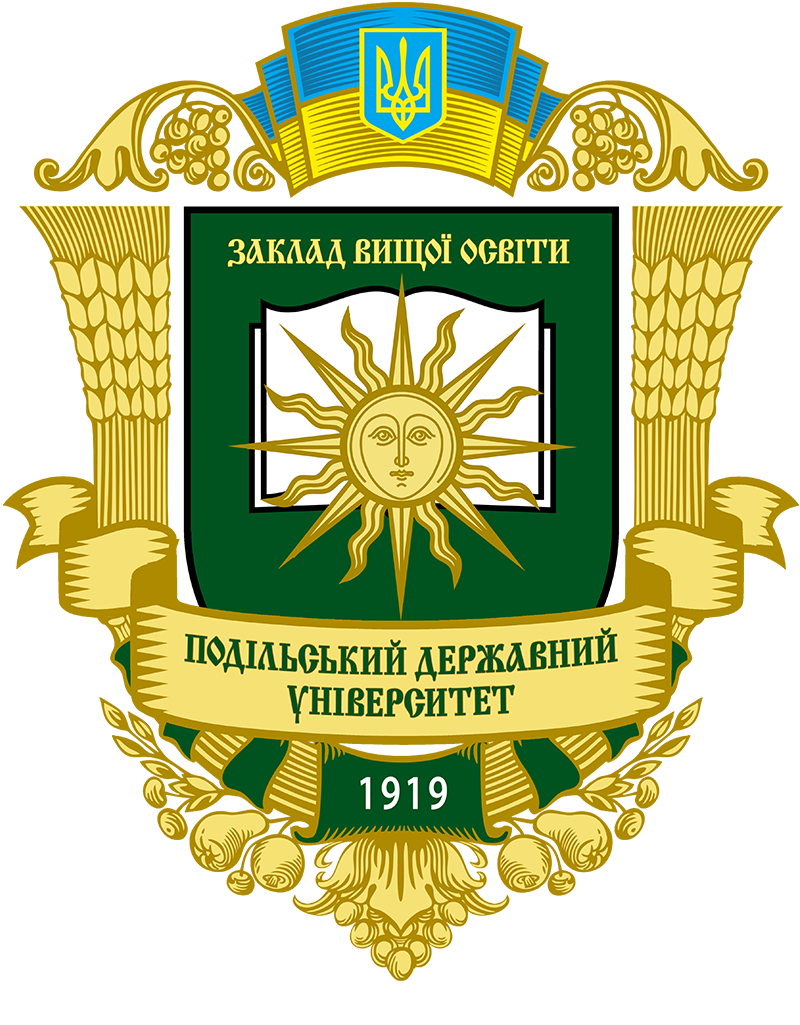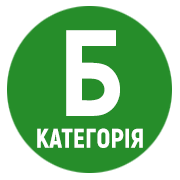INFLUENCE OF DIFFERENT GROWING TECHNOLOGIES ON THE FORMATION OF MEAT PRODUCTIVITY OF BULLS OF DAIRY BREEDS
DOI:
https://doi.org/10.37406/2706-9052-2024-2.5Keywords:
bulls of the Ukrainian Black-and-White dairy breed, average daily weight gain, relative growth rate, body measurements, exterior profiles, body composition indicesAbstract
The problem of increasing meat production, in particular beef, improving its quality and reducing its cost is one of the most pressing issues in the Ukrainian agro-industrial complex and is of great economic importance. The solution to this issue largely depends on the development and practical application of effective technologies for growing and fattening young stock, and the fuller use of the maximum genetic potential of meat productivity with minimal feed, inputs and labour costs per unit of production. In order to achieve earlier slaughter conditions of dairy cattle, it is necessary to make greater use of such a reserve for increasing meat productivity as the search for various technological methods of intensive rearing of young animals. The bulls raised using the beef production technology used in beef cattle breeding under lactating cows were significantly ahead of their analogues raised by handfeeding in terms of live weight: at 3 months of age – by 18.9 kg, or 20.7%, by the end of the milk period at 6 months of age – by 40.3 kg, or 24.4%, at 9 months – by 51.3 kg, or 21.1%, by 12 months of age – by 58.6 kg, or 18.2%, and at 15 months of age – the advantage was already 60.2 kg, or 14.9%. Over the entire period of rearing, the average daily live weight gain of bulls in the control group was 97 g or 11.7% lower than in the experimental group. In order to confirm the feasibility of the proposed technology for growing bulls of the Ukrainian Black-and-White dairy breed, it is important to study the issues of the amount of feed consumed and their payment by live weight gain. Thus, the rearing of young Ukrainian Black-and-White dairy bulls with elements of beef cattle breeding technology, starting from the dairy period, provides them with an advantage over the analogues of the control group, which is achieved by higher live weight, better body structure formation and reduced feed consumption per unit of live weight gain.
References
Бусенко О.Т. Технологія виробництва продукції тваринництва : підручник. Київ : Вища освіта, 2005. 496 с.
Войтенко С.Л., Карунна Т.І., Шаферівський Б.С. Вплив генотипових та паратипових факторів на реалізацію молочної продуктивності корів. Вісник Сумського національного аграрного університету. 2019. Вип. 1–2. С. 21–26.
Колісник О.І., Прудніков В.Г., Криворучко Ю.І. Особливості технології пасовищного утримання молодняку абердин-ангуської породи в екстремальних природно-кліматичних умовах східного регіону України. Науково-технічний бюлетень. 2017. № 118. С. 84–94.
Колісник О.І., Прудніков В.Г., Криворучко Ю.І. Характеристика організаційно-технологічних умов при утриманні м’ясних корів абердин-ангуської породи в стійловий період без використання приміщень. Вісник Полтавської державної аграрної академії. 2018. № 1. С. 97–100.
Костенко В.І. Технологія виробництва молока і яловичини : підручник. Київ, 2018. 672 с.
Паладійчук О.Р. Науково обґрунтовані заходи підвищення продуктивності корів молочного напряму та покращення якості сировини в умовах виробництва : монографія. Вінниця : ВНАУ, 2020. C. 5–174.
Скоромна О.І., Разанова О.П., Поліщук Т.В. Динаміка племінного м’ясного скотарства в Україні. Вісник Сумського національного аграрного університету. Серія «Тваринництво». 2021. Вип. 1. С. 92–97.
Dydykina A.I., Prudnikov V.H., Kolisnyk O.I. Correction sections as an element of improving efficiency of beef cattle husbandry with year-round free-range Animal’s Housing. Theoretical and applied veterinary medicine. 2020. № 1. (8) С. 20–25.
Golubenko Т., Razanova О. Optimizing the use of protein in the young cattle body. Ştiinţa agricolа. 2022. № 1. С. 143–152.
Tagliapietra F., Simonetto A., Schiavon S. Growth performance, carcase characteristics and meat quality of crossbred bulls and heifers from double- muscled Belgian Blue sires and Brown Swiss, Simmental and Rendena dams. Italian Journal of Animal Science. 2018. Vol. 17. Issue 3. Р. 565–573.
Yaremchuk O.S., Razanova O.P., Skoromna O.I. Post-slaughter indicators of meat productivity and chemical composition of the muscular tissues of bulls receiving corrective diet with proteinvitamin premix. Regulatory Mechanisms in Biosystems. 2022. № 13 (3). Р. 219–224.










